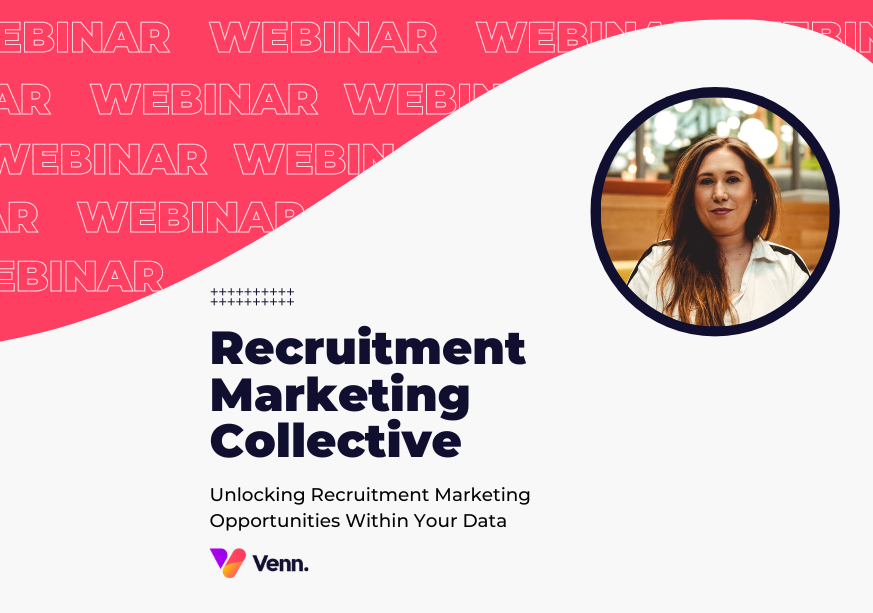
All Alice wants to do is get through the tiny door to the beautiful garden that lies behind it, but she can’t fit. Frustrated, Alice reads the label saying “drink me” on a bottle and takes a sip hoping that this is the answer.
Alice shrinks to the right size but realises the key she needs is lying on the table, now far out of her reach. Following the instructions in good faith, Alice is left bruised, slightly dazed and no closer to getting into the garden.
Instead of providing a solution to her problem, she’s been let down by a misleading call to action that has made everything worse. Gazing up at the table where the tempting “eat me” label on the cake still stands, she wonders what would have happened if she’d followed that path instead.
With over complicated copy, unclear instructions and downright ridiculous buttons, we’re making our users feel like frustrated Alices, lost in a world of locked doors and misleading signs.
Every word you write on the page should be there to develop a relationship with your customers, build their trust, make them smile and keep them coming back for more, just like a real life date.
Does your title say ‘read me’?
While you want to intrigue readers and encourage them to read on, companies need to stop playing hard to get with their titles.
Tell people what they’re signing up for and don’t be worried that by revealing too much you’re going to scare them off. Start the relationship with your customer with total honesty and they’ll love you for it.
People are curious, they like to Google questions so why not shape your title in a way that makes your content the answer? If you’re promising to explain how to build the IKEA cupboard that someone lost the instructions to, make sure every line delivers or moves towards the answer.
If you use false pretences to get people to notice you, you’ll never be able to fulfil their expectations and the relationship will be over before it’s begun. You’ll soon know if you’re disappointing customers as the bounce rate on your page slams the door in your face and ruins any chance of your relationship progressing further.
Don’t flirt around the subject
The customer is hooked, they’ve sat down at the bar with you and they’re smiling but you can’t stop nervously babbling about your shoes. At this point, your customer pops to the loo, never to be seen again. You’ve blown it.
If you take three paragraphs to address the subject that enticed the customer in the first place then you deserve that sharp exit. Stumbling and hesitation may work for Hugh Grant but this is no Romcom and your readers will be disappointed that you haven’t lived up to their hopes.
Disappointed visitors won’t hang around because, put simply:
You’re not the only company that your customers can spend time with and they can easily go elsewhere.
Your visitors are with you because you’ve impressed them and they want to know more about you, so don’t fill your page with distracting links and call to actions. They’re more likely to click once they know what makes you tick, but it helps if you make your purpose clear and earn their trust.
While you can’t access analytics in real life, this should be the first thing you do following an online visit to see whether there’s a chance of that dream second date. Short session times and high bounce rates are indications that they’re unlikely to return your calls and will probably head the other direction if they see you online again.
Push the right buttons
Treat them mean, keep them keen just doesn’t apply to customers, so make sure your buttons are as clear and simple as possible.
Don’t play it cool with a mysterious ‘click here’, use your buttons to tell your customers exactly what they can expect if they choose to go on this journey with you. Instead of “download” why not “get your eBook” and in the place of “enter” or “submit” shake things up with a bold, confident “do it”.
Your relationship with a visitor will be getting stronger by the scroll, so don’t do anything out of character. Regardless of how well things are going, a game-changing pop up that completely kills the mood could make them regret their decision. Never take a reader’s affection for granted.
The click of a call to action button makes the relationship you’ve been building up official. Make the most of this good feeling by encouraging them to tell their friends how great you are or to sign up to a newsletter to show their commitment to you and your dreamy, blue-eyed content.
If your bounce rate is high and the time spent on page is barely long enough to scan the title, it’s a classic case of ‘it’s not the customer, it’s you’. If you ramble, lie or lead your customers on, you’ll lead them straight into the arms of another company that treats them better.
Creative Commons Image: Wonderlane






